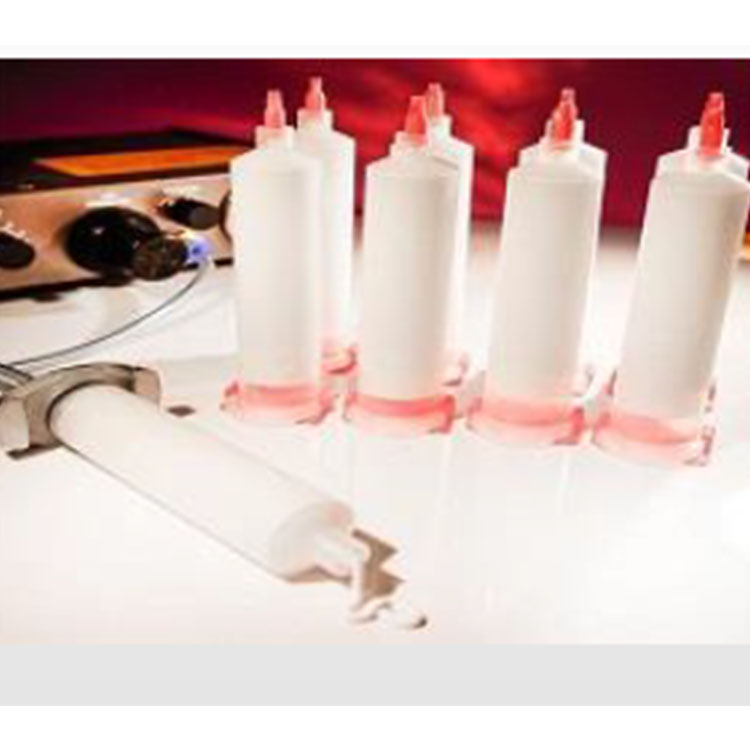

Hotline:0755-22277778
Tel:0755-22277778
Mobile:13826586185(Mr.Duan)
Fax:0755-22277776
E-mail:duanlian@xianjinyuan.cn
I have always believed that thermal conductive silicone grease is a product that highly embodies technology. What is the ideal silicone grease? BLT approaches zero, while thermal conductivity approaches infinity. Is it possible? impossible! Ultimately, they are the products of two conflicting performance compromises. At present, the best thermal resistance value of silicone grease can be as low as 0.03 ℃ · cm2/W, which is a value that other thermal conductive materials can never obtain. The thermal resistance value of silicone grease is NO.1, and I believe many domestic researchers have been stirring up about this data (except for me, haha, I'm sorry). Due to the advantage of short thermal conductivity path of silicone grease, it achieves performance that ultra-high thermal conductivity materials cannot achieve without too high thermal conductivity.
So the question is, why is the amount of silicone grease so small? I think there are mainly the following reasons:
However, these drawbacks can be overcome by designing gaps below 0.1mm, improving the insulation of the device, and modifying silk printing into adhesive, etc. Why hasn't anyone done this? It's still a matter of profit, and currently it's not worth it.
Let's imagine if it's possible that in the future, countless years from now, the power consumption of all devices will be very high, and the use of thick gap filling materials will not be able to meet the requirements of thermal conductivity. What should we do at this time? Will silicone grease become the only ultimate solution for thermal design? When heat conduction becomes the primary bottleneck issue, structure and cost become less important. Although materials with ultra-high thermal conductivity are constantly emerging nowadays, they are all gap filling types. Although they have high thermal conductivity, their thermal resistance is not low. I think instead of spending a lot of effort and cost pursuing high thermal conductivity, it's better to start trying low thermal resistance solutions from a different perspective now.

Advanced Institute (Shenzhen) Technology Co., Ltd, © two thousand and twenty-onewww.avanzado.cn. All rights reservedGuangdong ICP No. 2021051947-1 © two thousand and twenty-onewww.xianjinyuan.cn. All rights reservedGuangdong ICP No. 2021051947-2